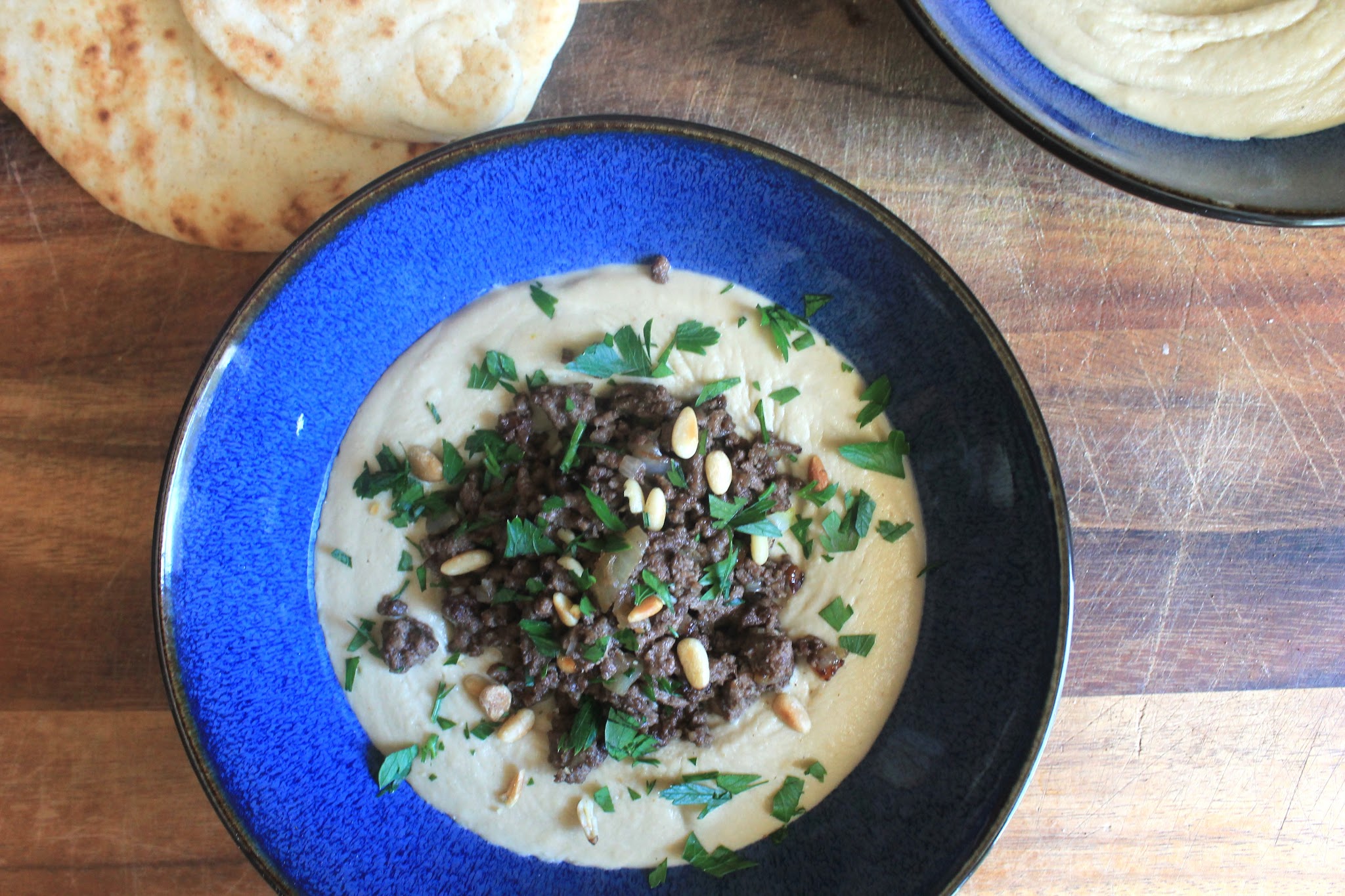 We cannot sing the praises of Chef Michael Solomonov enough. The Israeli-born, Pittsburgh-raised, Philadelphia-worshipped chef opened his flagship restaurant Zahav in 2008 (now an Old City culinary landmark), and has since partnered in other establishments—including den of Jewish comfort food Abe Fisher, and the “hummusery” Dizengoff. If you’ve never had the hummus from any of these establishments, you can barely say that you’ve had hummus at all. Our first experience with it was at Zahav. It was the smoothest, most beautifully flavored hummus we’d ever tasted. As food nerds, it instantly begged the question “How?” How does he get that amazing texture? That subtle, gorgeous flavor? None of our speculation was anywhere near the mark. With the release of his cookbook Zahav: A World of Israeli Cooking, his secret was finally revealed. There, in its pages, was an entire chapter (!?!) on hummus. It was like a magician revealing all of his secrets.
We cannot sing the praises of Chef Michael Solomonov enough. The Israeli-born, Pittsburgh-raised, Philadelphia-worshipped chef opened his flagship restaurant Zahav in 2008 (now an Old City culinary landmark), and has since partnered in other establishments—including den of Jewish comfort food Abe Fisher, and the “hummusery” Dizengoff. If you’ve never had the hummus from any of these establishments, you can barely say that you’ve had hummus at all. Our first experience with it was at Zahav. It was the smoothest, most beautifully flavored hummus we’d ever tasted. As food nerds, it instantly begged the question “How?” How does he get that amazing texture? That subtle, gorgeous flavor? None of our speculation was anywhere near the mark. With the release of his cookbook Zahav: A World of Israeli Cooking, his secret was finally revealed. There, in its pages, was an entire chapter (!?!) on hummus. It was like a magician revealing all of his secrets.
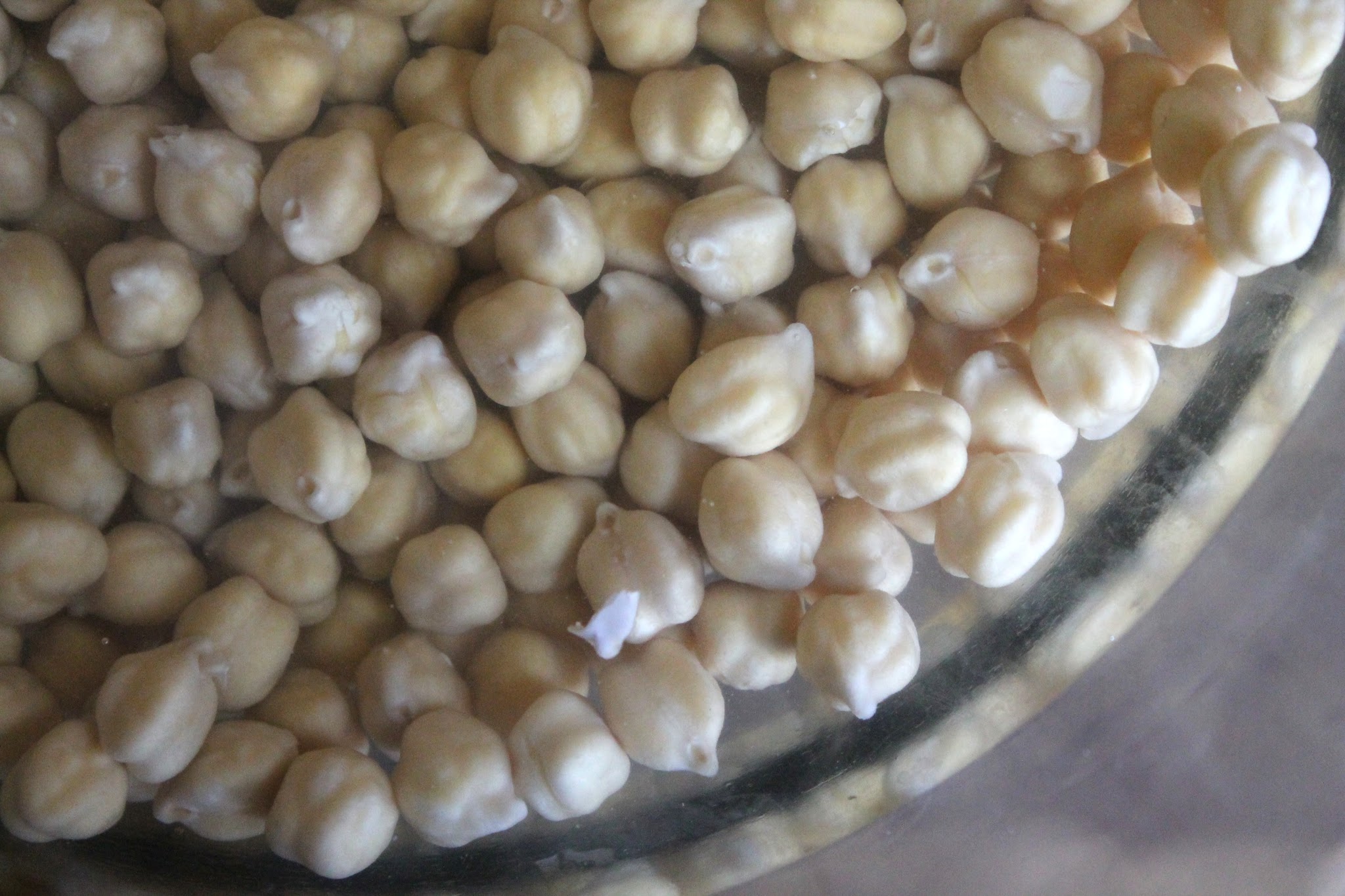 The technique that yields this amazing staple of Zahav’s menu is threefold, according to Solomonov. First, you soak the dried chickpeas with baking soda for 8-12 hours, then you place them in fresh water with more baking soda and (over)cook them for an hour, basically reducing them to mush.
The technique that yields this amazing staple of Zahav’s menu is threefold, according to Solomonov. First, you soak the dried chickpeas with baking soda for 8-12 hours, then you place them in fresh water with more baking soda and (over)cook them for an hour, basically reducing them to mush.
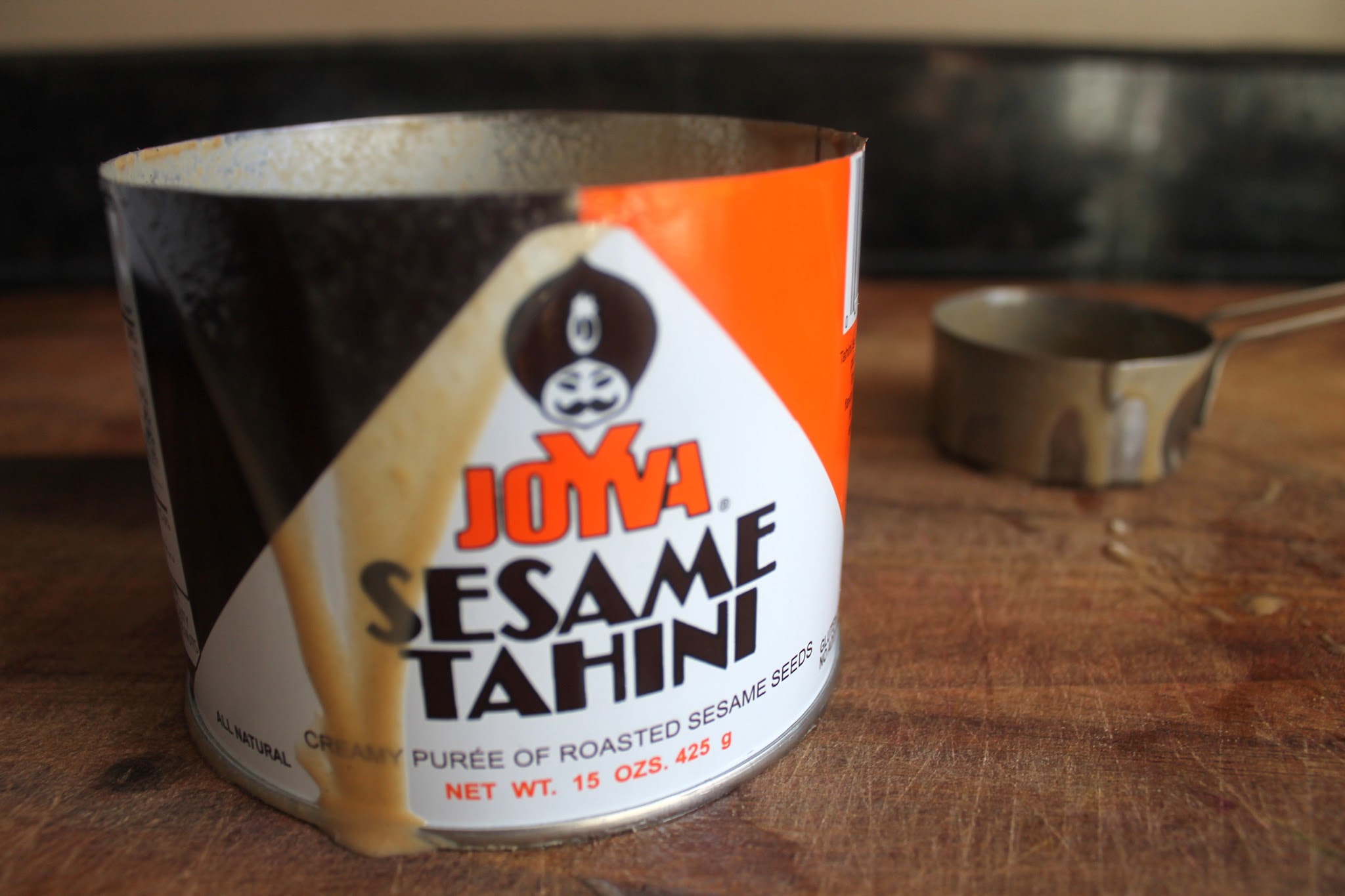 The final secret is to blend them with an almost obscene amount of tahini, or sesame paste. It might seem a little labor intensive, but most of the prep is hands-off, and believe us, it is well worth mastering this basic hummus recipe. The end result is smoky and slightly nutty due to the higher than usual tahini content, and my word is it good.
The final secret is to blend them with an almost obscene amount of tahini, or sesame paste. It might seem a little labor intensive, but most of the prep is hands-off, and believe us, it is well worth mastering this basic hummus recipe. The end result is smoky and slightly nutty due to the higher than usual tahini content, and my word is it good.
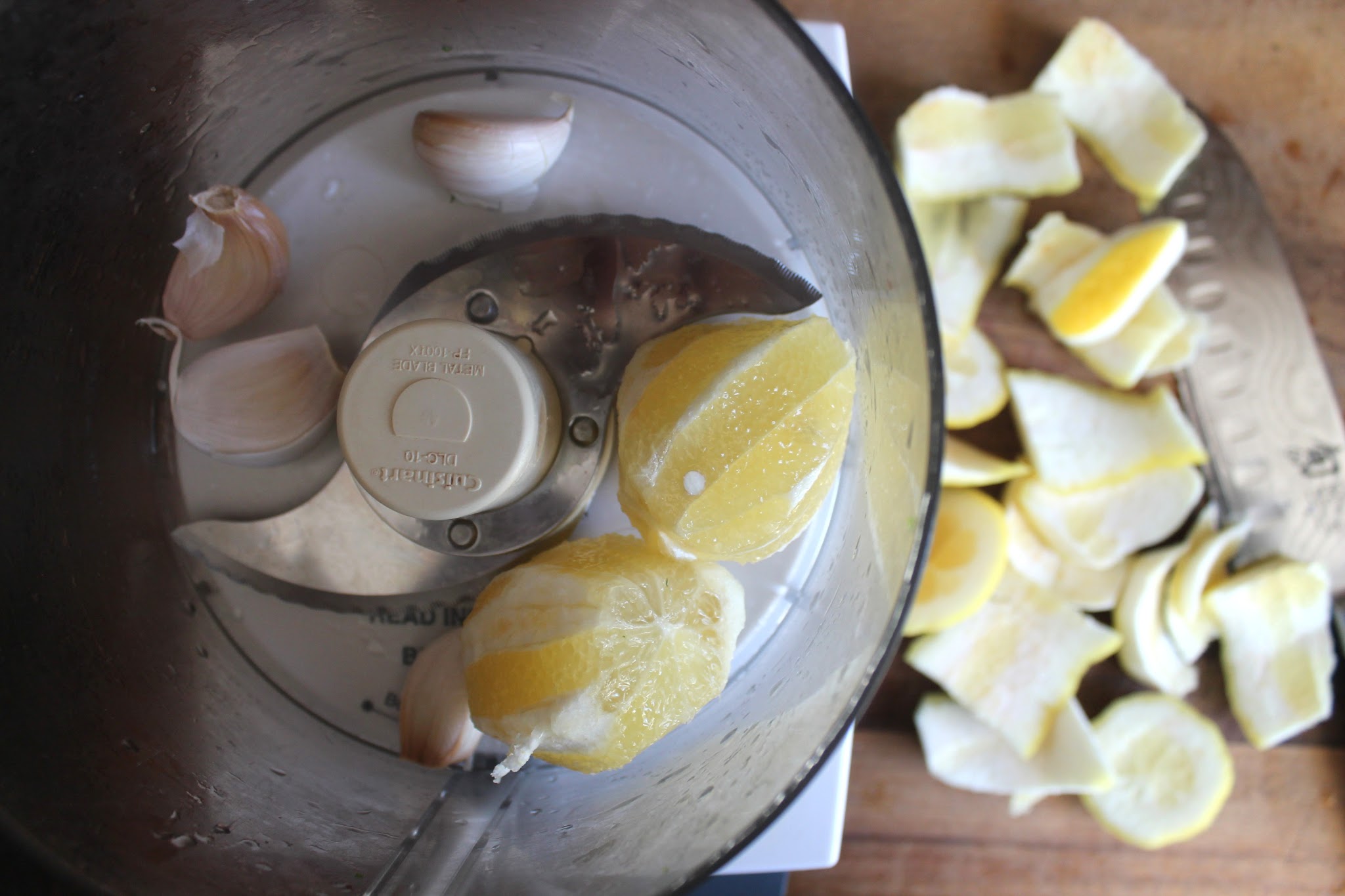 One of the most innovative parts of this recipe is what he does with the garlic and lemon. Most store bought hummus can have a distinct, slightly overpowering garlic note. That is not the case here, because you throw the whole, unpeeled garlic cloves in a food processor with whole, peeled lemons and salt. Once it is puréed down, you let it rest for about ten minutes. The acid in the lemon juice will “cook” the garlic and mellow it considerably. Further, you strain the mixture through a fine mesh sieve, yielding a garlic-infused lemon juice that gets blended back into the hummus. So. Cool.
One of the most innovative parts of this recipe is what he does with the garlic and lemon. Most store bought hummus can have a distinct, slightly overpowering garlic note. That is not the case here, because you throw the whole, unpeeled garlic cloves in a food processor with whole, peeled lemons and salt. Once it is puréed down, you let it rest for about ten minutes. The acid in the lemon juice will “cook” the garlic and mellow it considerably. Further, you strain the mixture through a fine mesh sieve, yielding a garlic-infused lemon juice that gets blended back into the hummus. So. Cool.
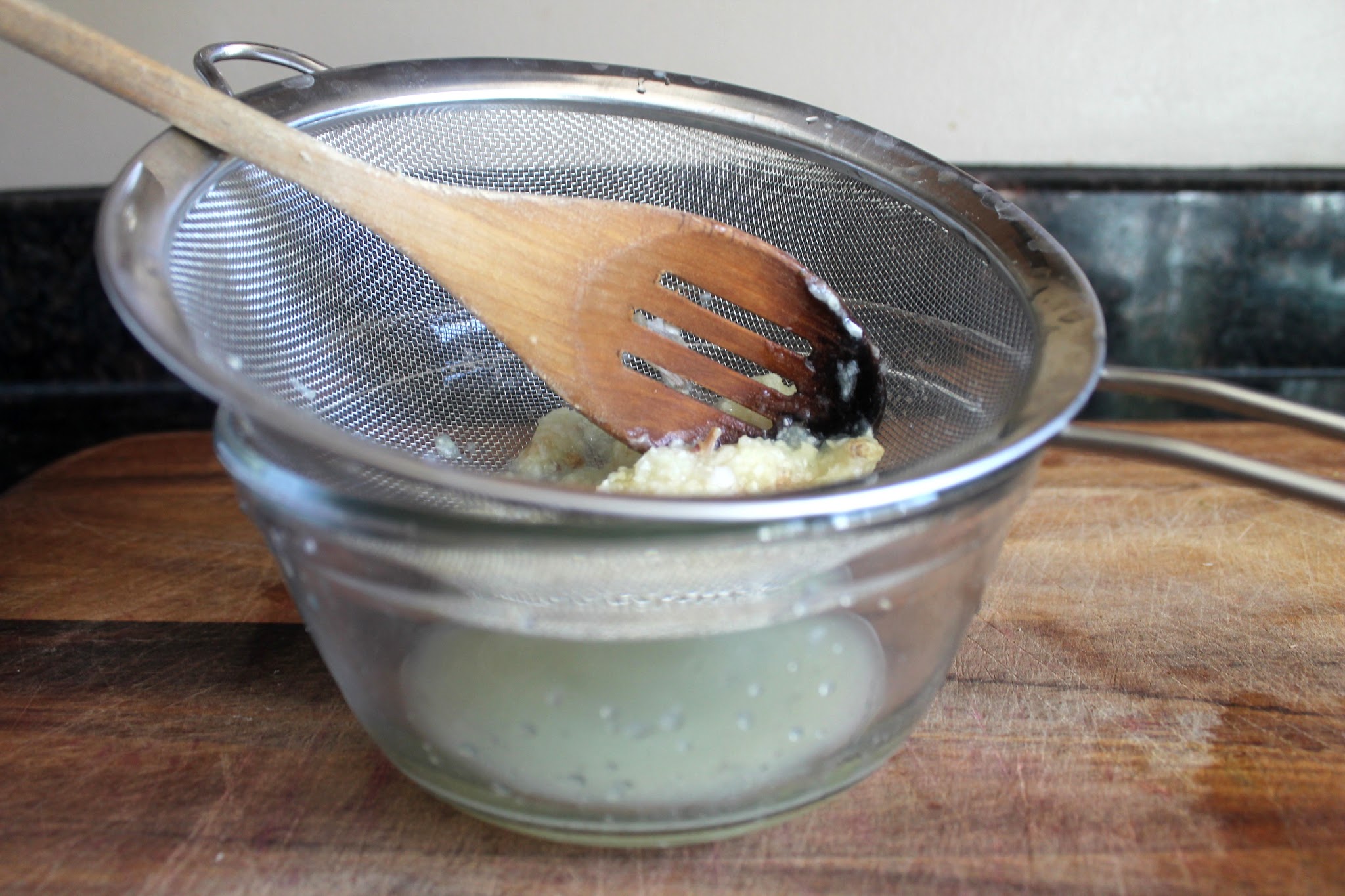
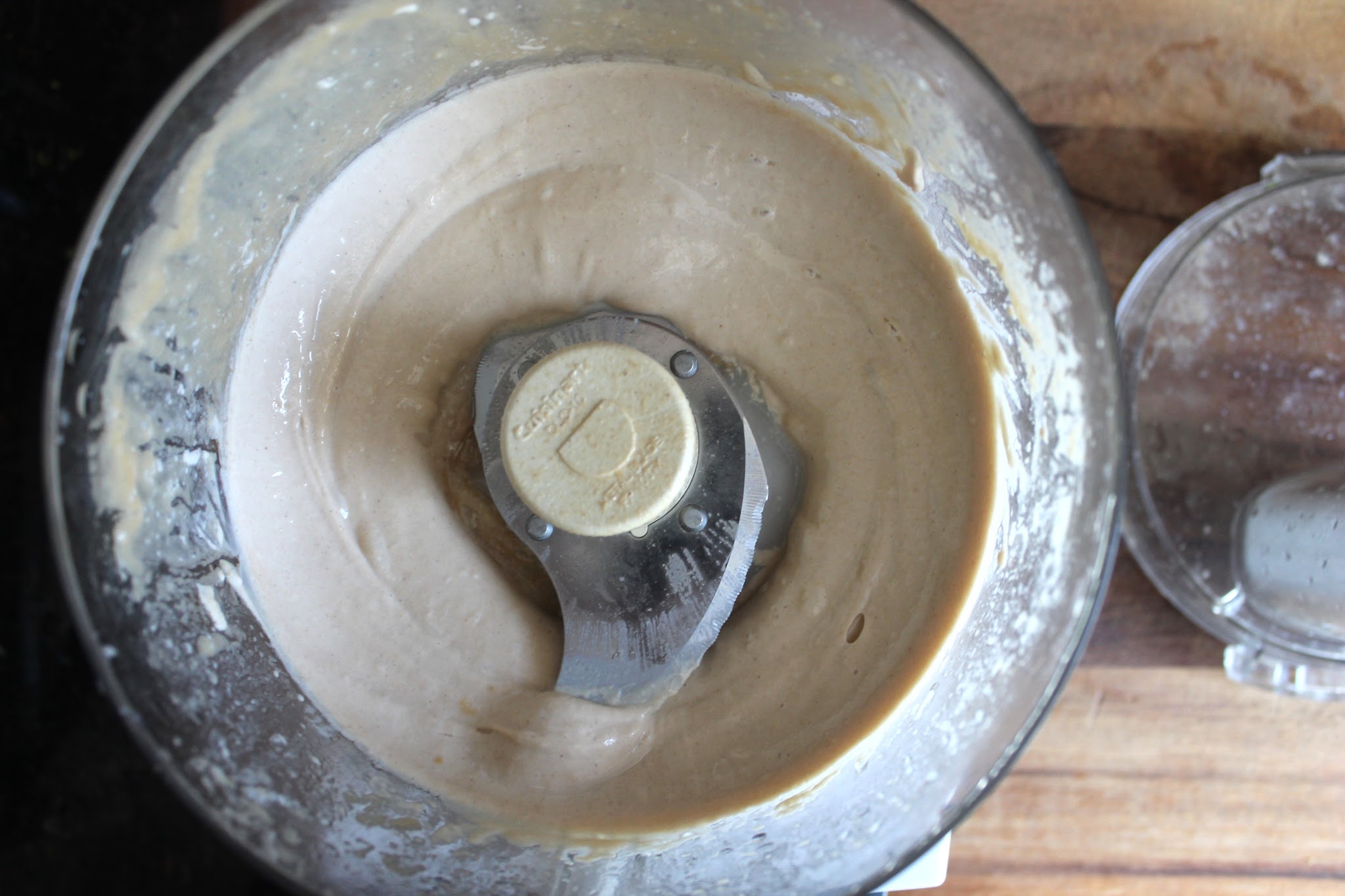 After this, the only reason you’ll even look at hummus in the supermarket is to get flavoring ideas. Solomonov offers six different variations to get you started, so don’t expect to get bored with it any time soon. One that stood out was the Jerusalem Hummus, which uses this dreamy, creamy blend as the base for a spiced beef, onion and pine nut mix, thus turning something typically thought of as an appetizer, snack or party dip into a full-fledged entrée along the lines of some of our other favorites, like this, and this.
After this, the only reason you’ll even look at hummus in the supermarket is to get flavoring ideas. Solomonov offers six different variations to get you started, so don’t expect to get bored with it any time soon. One that stood out was the Jerusalem Hummus, which uses this dreamy, creamy blend as the base for a spiced beef, onion and pine nut mix, thus turning something typically thought of as an appetizer, snack or party dip into a full-fledged entrée along the lines of some of our other favorites, like this, and this.
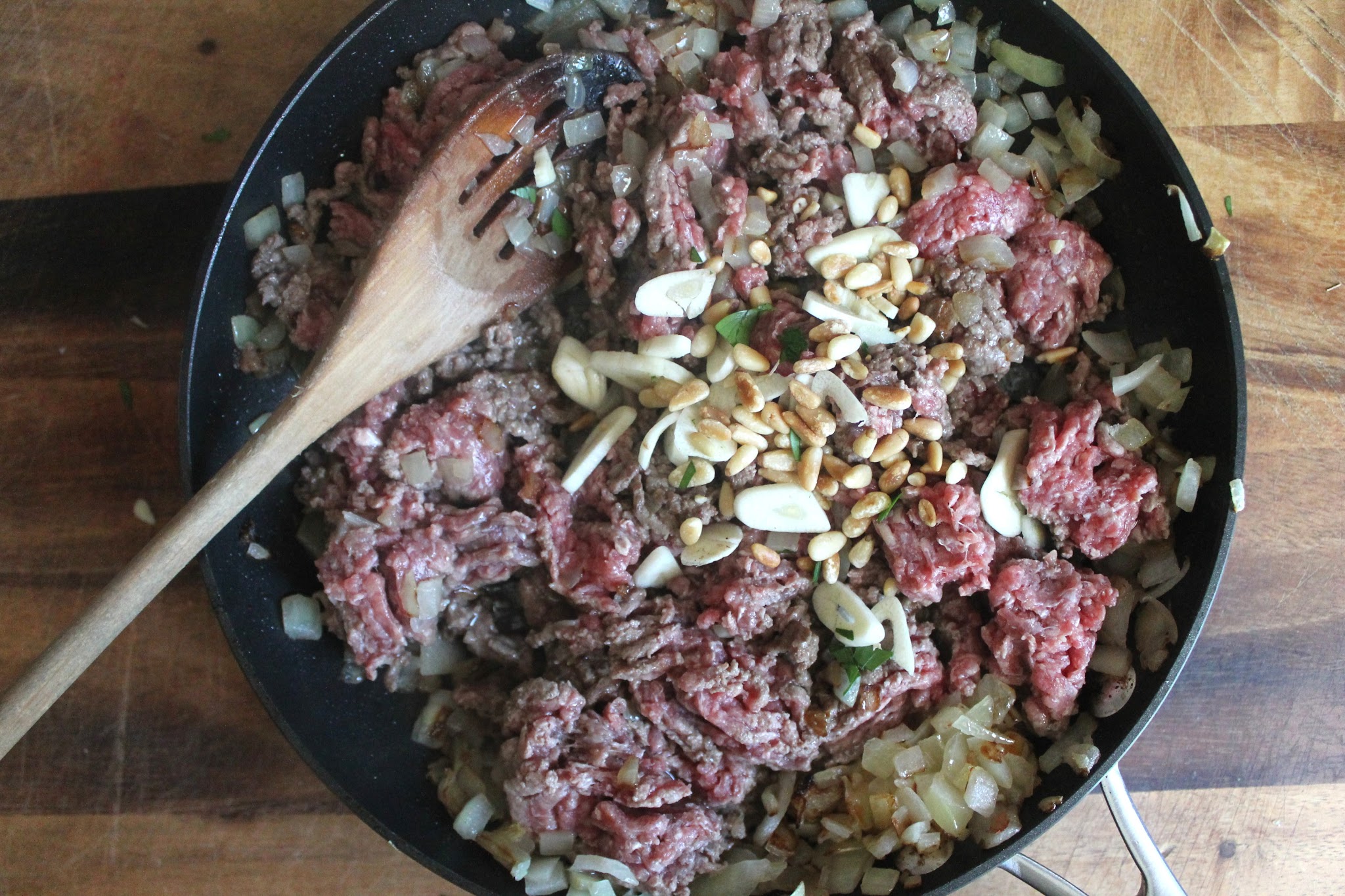 The beef mixture is seasoned with Baharat, which Solomonov refers to as a “Middle Eastern pumpkin pie spice”. It’s a fairly simple blend to make at home (you probably already have all of the spices in your cabinet), and it wouldn’t hurt to make up a larger batch, because it’s a fantastic addition to grilled meats and stews, lending warm, comforting, spicy and lightly sweet notes to these dishes.
The beef mixture is seasoned with Baharat, which Solomonov refers to as a “Middle Eastern pumpkin pie spice”. It’s a fairly simple blend to make at home (you probably already have all of the spices in your cabinet), and it wouldn’t hurt to make up a larger batch, because it’s a fantastic addition to grilled meats and stews, lending warm, comforting, spicy and lightly sweet notes to these dishes.
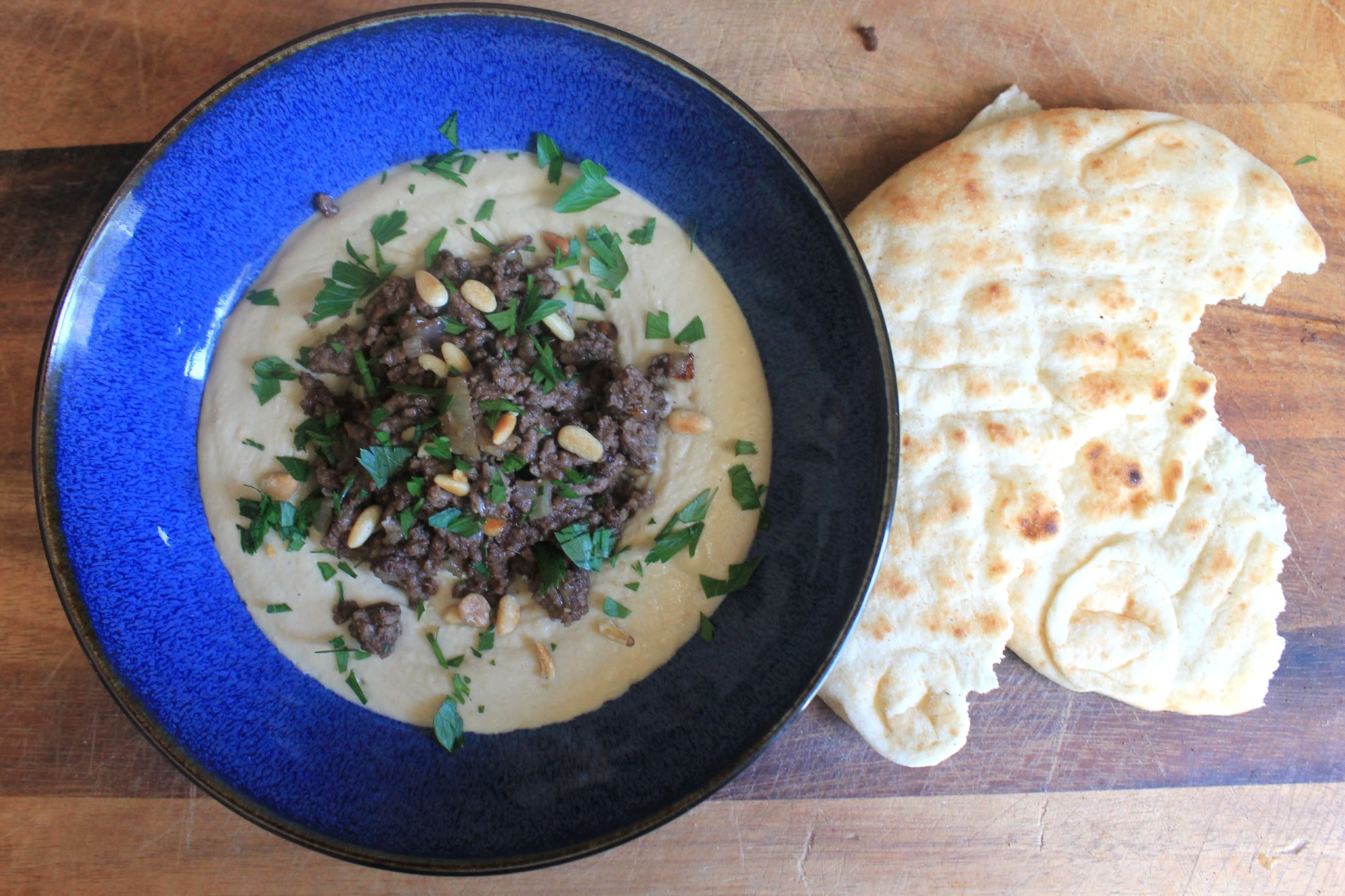 As far as flavoring ideas for the hummus itself go, the possibilities are endless. Roasted red pepper, roasted garlic, kalamata olives, pickled beets, savory jams, even something called pea pesto (or any pesto, for that matter). Use your imgination, grab some pita, GF crackers, chips or fresh veggies and dig in! בתיאבון
As far as flavoring ideas for the hummus itself go, the possibilities are endless. Roasted red pepper, roasted garlic, kalamata olives, pickled beets, savory jams, even something called pea pesto (or any pesto, for that matter). Use your imgination, grab some pita, GF crackers, chips or fresh veggies and dig in! בתיאבון
Adapted from Zahav: A World of Israeli Cooking with the single batch of Tahini Sauce adapted from Bon Appetit.
- For the Hummus:
- 1 cup dried chickpeas
- 2 teaspoons baking soda, divided
- 4 garlic cloves, unpeeled
- 2 lemons, skin and pith removed
- 1 teaspoon kosher salt, plus more if needed
- ⅔ cup excellent quality tahini (tehina)
- ¼ teaspoon (or more) ground cumin
- For the Ground Beef Topping:
- 1 tablespoon vegetable oil
- 1 medium onion, diced
- 1 pound ground beef
- 2 garlic cloves, sliced
- 2 tablespoons pine nuts, plus more for garnish
- A dash or two each: cinnamon, allspice, nutmeg, coriander, and cumin (Solomonov calls for ½ teaspoon Baharat, a Middle Eastern spice blend that commonly includes these ingredients)
- Salt, to taste
- A handful coarsely chopped parsley, for garnish
- For the Hummus: Place chickpeas and 1 tsp. baking soda in a medium bowl and add cold water to cover by 2". Cover and let sit at room temperature until chickpeas have doubled in size, 8–12 hours. Drain and rinse.
- Combine soaked chickpeas and remaining 1 tsp. baking soda in a large saucepan and add cold water to cover by at least 2". Bring to a boil, skimming surface as needed. Reduce heat to medium-low, partially cover, and simmer until chickpeas are tender and really falling apart, about 60 minutes. Drain and rinse.
- Meanwhile, process garlic, lemon, and 1 tsp. salt in a food processor until coarsely puréed; let sit 10 minutes to allow garlic to mellow.
- Strain garlic-lemon mixture through a fine-mesh sieve into a small bowl, pressing on solids to release as much liquid as possible. Return ⅓ cup of the liquid (reserve the rest) to food processor; discard solids. Add tahini and pulse to combine. With motor running, add ¼ cup ice water by the tablespoonful and process (it may seize up at first) until mixture is very smooth, pale, and thick. Add chickpeas and cumin and process, occasionally scraping down sides, until mixture is extremely smooth, about 4 minutes. Taste and season with salt, more of the reserved lemon juice, and more cumin as desired.
- For the ground beef: heat oil in a large skillet over medium heat. Add onion and cook, stirring occasionally, until it begins to soften, 5 to 8 minutes.
- Add ground beef, garlic and pine nuts and cook, stirring, until the beef is browned, about 10 minutes. Add spices and season with salt to taste.
- To serve, spoon hummus into a shallow bowl, making a well in the center. Spoon spiced beef into the center and garnish with parsley and reserved pine nuts.
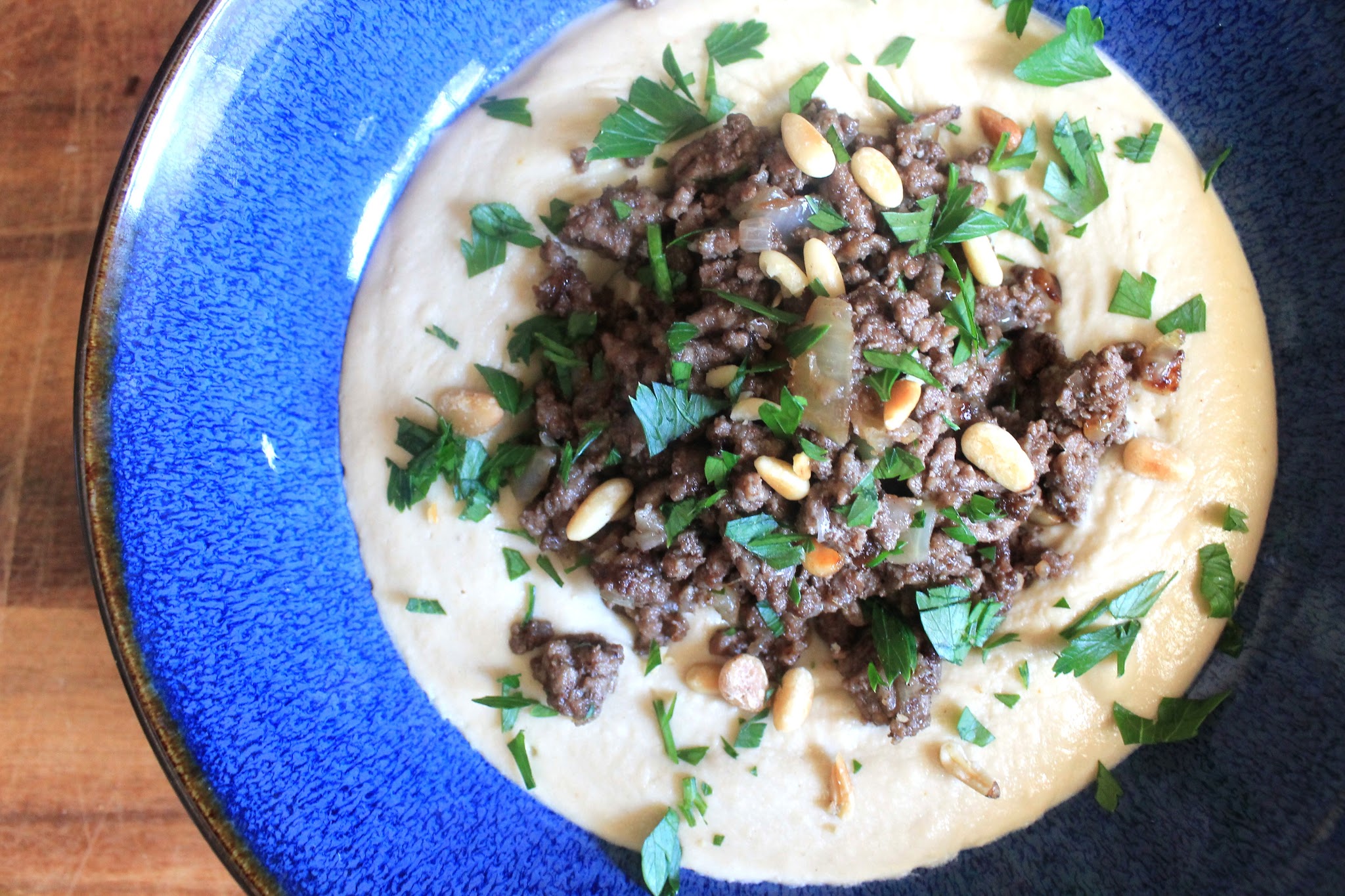
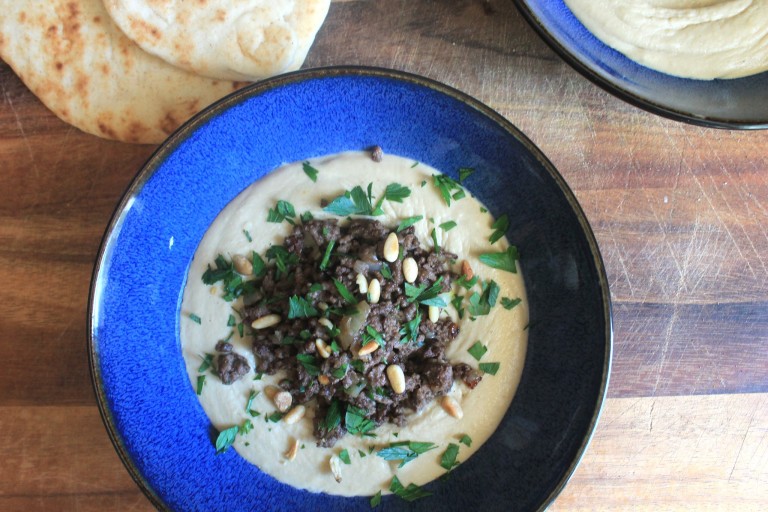

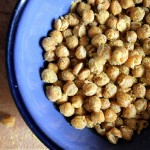




Leave a Reply